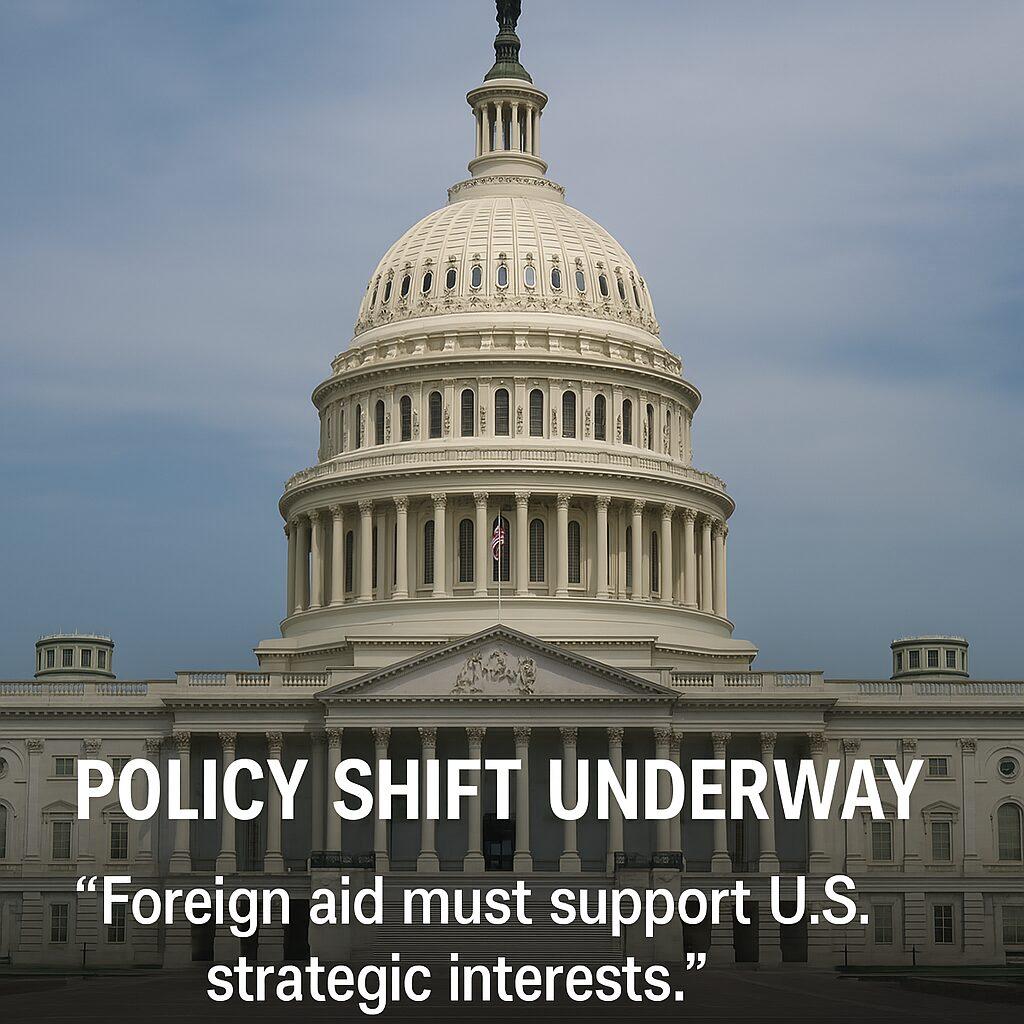
LA County numbers increase following holidays, county officials continue to push vaccines
THE United States Food and Drug Administration (FDA) announced on Monday, Jan. 3 that it would expand eligibility for coronavirus vaccine booster shots to allow 12- to 15-year-olds to receive third vaccine doses, a decision designed to mitigate the rapid surge as the coronavirus outbreak reaches its third year.
The expansion only applies to Pfizer-BioNTech’s vaccine and comes as schools begin to reopen after the holiday break and the omicron variant continues to spread throughout the country.
The FDA said that its decision this week was influenced by data from Israel, which has already been administering booster shots for children and found that side effects are rare among younger people. Israel’s data included information from 6,300 people aged 12 to 15 who received a booster shot at least five months after the initial second dose.
“Throughout the pandemic, as the virus that causes COVID-19 has continuously evolved, the need for the FDA to quickly adapt has meant using the best available science to make informed decisions with the health and safety of the American public in mind,” said acting FDA Commissioner Dr. Janet Woodcock in a statement.
The FDA’s announcement was preceded by the Centers for Disease Control and Prevention’s (CDC) announcement that it will shorten the waiting period for the Pfizer vaccine booster shot.
The CDC also supports administering the booster shot to children ages 5 to 11 who are moderately or severely immunocompromised, a recommendation shared by the FDA.
Despite the controversy surrounding the CDC’s guidance surrounding isolation periods for people who test positively for coronavirus, the agency has been pushing to get more people vaccinated and boosted.
“As we have done throughout the pandemic, we will continue to update our recommendations to ensure the best possible protection for the American people,” Dr. Rochelle Walensky, CDC Director, wrote in a statement. “Following the FDA’s authorizations, today’s recommendations ensure people are able to get a boost of protection in the face of Omicron and increasing cases across the country and ensure that the most vulnerable children can get an additional dose to optimize protection against COVID-19.”
Confirmed by multiple scientific studies and trends across the country, those who are vaccinated and boosted are less likely to succumb to the more severe effects of the coronavirus.
Walensky said last week that daily case counts across the country have climbed about 60%, but hospitalizations and deaths have been relatively low, leading to the conclusion that the omicron variant may be less fatal.
According to the CDC, more than 70% of people aged 12 or older in the United States are fully vaccinated, as of Tuesday, Jan. 4. Since receiving clearance to get vaccinated in November, more children between 5 and 11 are getting vaccinated; as of Tuesday, about a quarter of all U.S. children in that age bracket have received at least one dose.
On Monday, Jan. 3, the CDC reported 828,417 new cases across the United States. Additionally, the seven-day average for positive Covid cases stands at 480,916 new cases per day, according to the CDC.
In comparison, the CDC reported 151,140 new cases nationwide a month before, on Dec. 3. The seven-day average then was 107,434.
The surge this week is likely due to holiday gatherings, and health regulators are expecting an increase in the following weeks due to the holiday break.
In Los Angeles County — once the most concentrated coronavirus hub last winter — officials reported 21,790 new positive cases and 24 new deaths from coronavirus on Tuesday, suggesting that “vaccines remain extremely protective against the most severe outcomes from Covid infections,” the county said in a statement.
“Rate ratios are a key metric for evaluating the protection offered by vaccines. These ratios compare rates of an outcome in unvaccinated people with rates of the same outcome in fully vaccinated people; the higher the rate ratio, the more protective the vaccine is against the outcome,” the county said.
Between Dec. 15-28, the rate ratio for admission into intensive care units was 21.3, which suggests that ICU admission was 21.3 times higher for unvaccinated patients than fully vaccinated individuals.
“We are grateful to the 80% of eligible residents who have already received at least one dose of [the] vaccine – and we hope that the almost 2 million people who have yet to be vaccinated take time to talk with their health care provider to receive additional information about the safety and effectiveness of the vaccines,” Dr. Barbara Ferrer, director of LA County Dept. of Public Health. “Choosing not to take the vaccine during this explosive winter surge is very risky since so many of those ill with Covid in the intensive care units at hospitals are unvaccinated, and tragically, some of these individuals will not survive.





